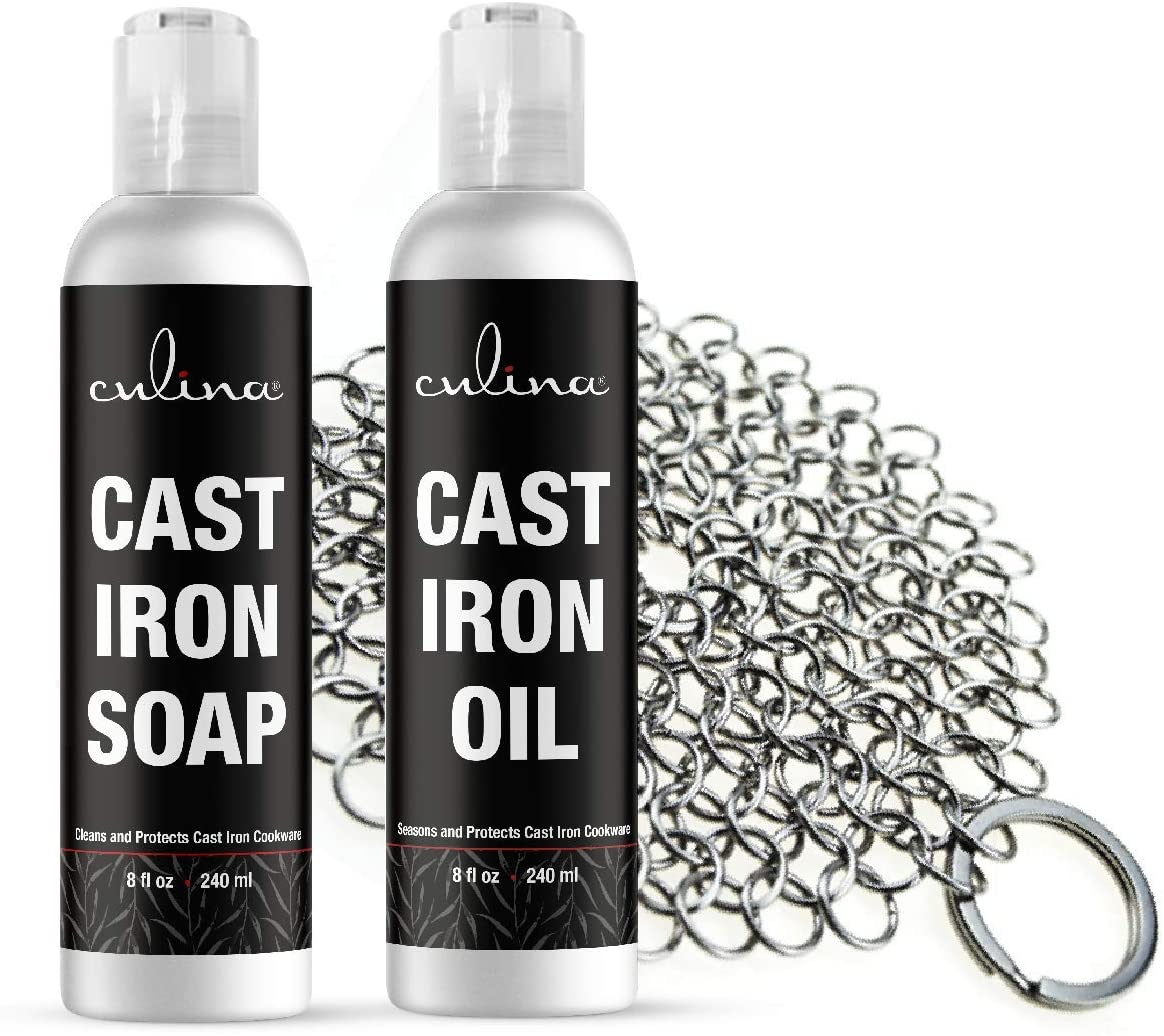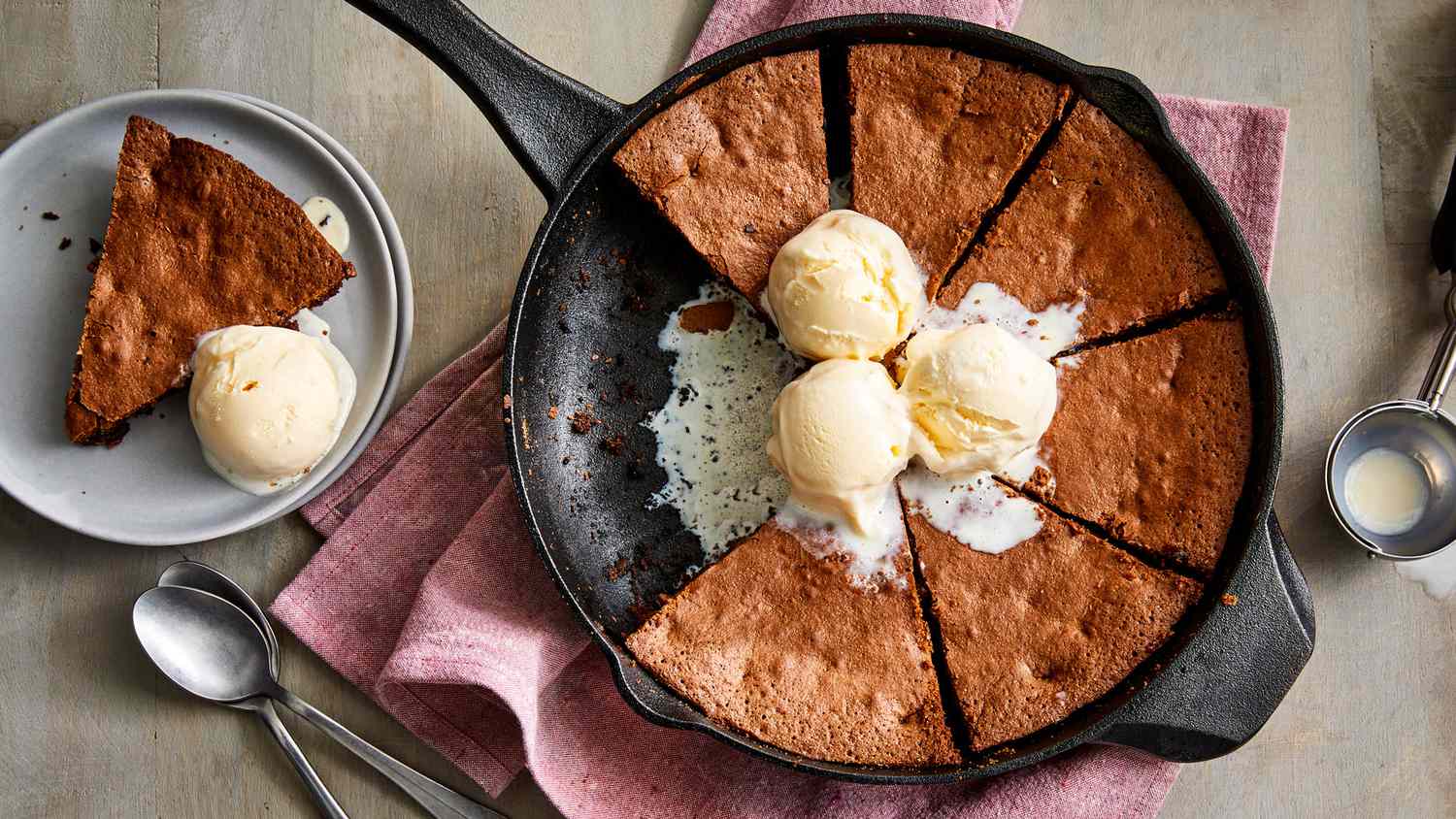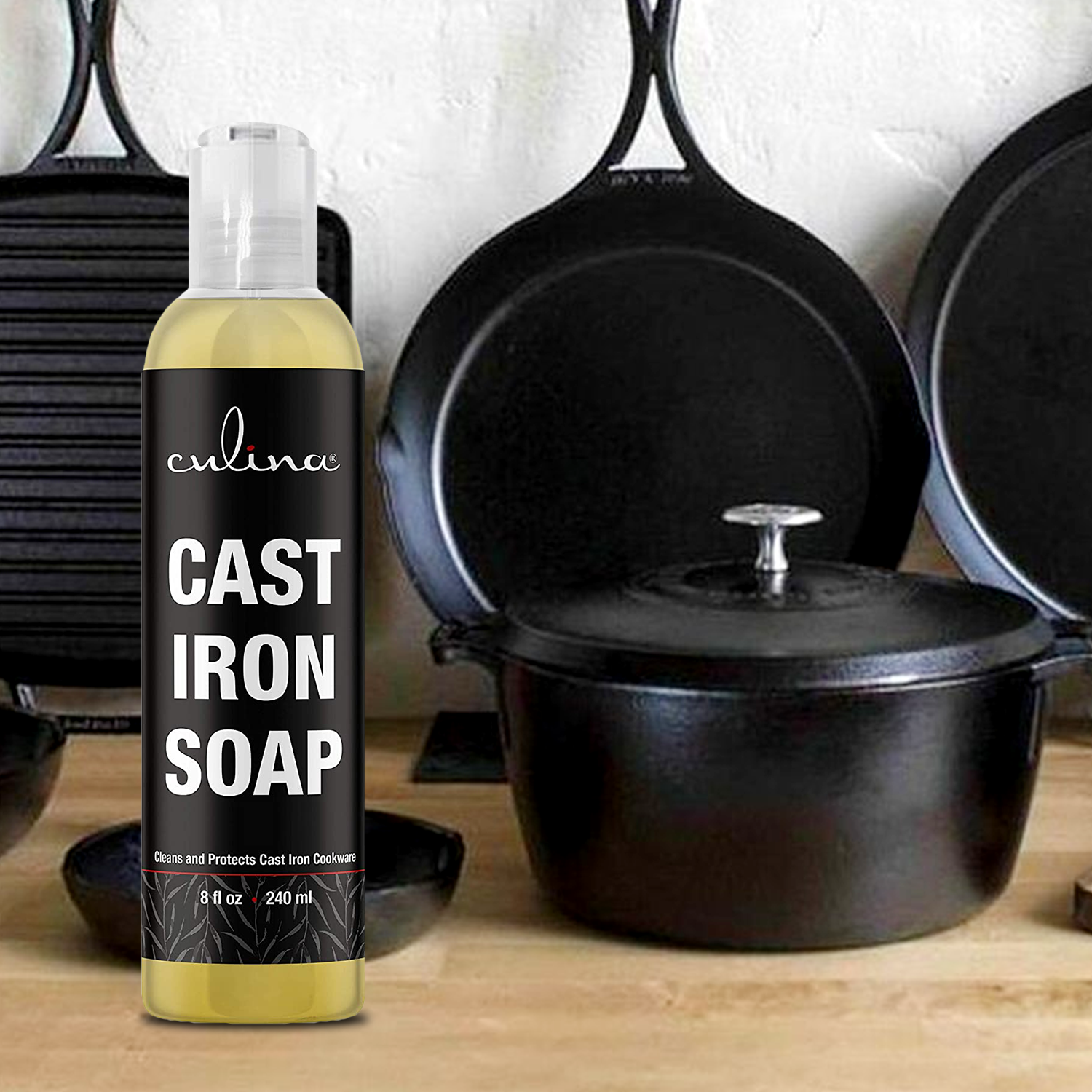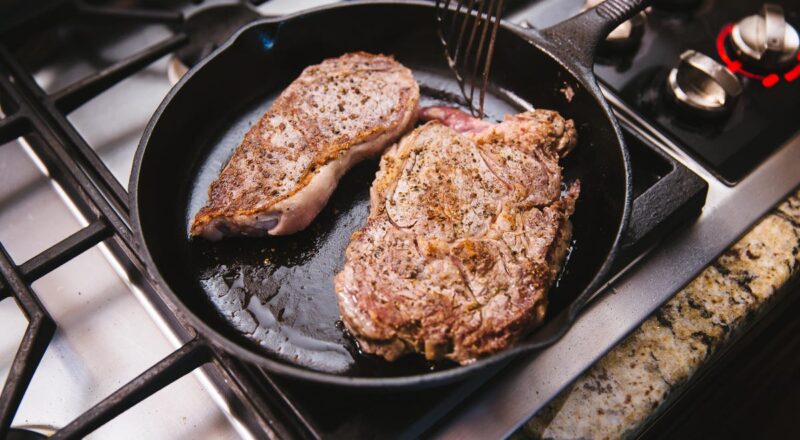Given its unparalleled durability and heat retention, cast iron cookware is cherished by many home cooks and professional chefs. Knowing how to refurbish a cast iron skillet can give your kitchen essentials a new lease of life, saving you both time and money.

Understanding the Importance of Cast Iron Skillets
Cast iron skillets have been used for centuries. The secret behind their longevity is the material they are made from and the proper care they receive. Whether you use it for searing, baking, frying, or even over a campfire, a well-maintained cast iron skillet can become a trusty kitchen companion.

Identify If Your Cast Iron Needs Refurbishing
The signs your skillet might need refurbishing include excessive rusting, significant chipping, or a sticky residue that doesn’t seem to go away. Identifying these signs early can help prolong your skillet’s lifespan.
Signs of Wear and Tear
Cast iron skillets are nearly indestructible, but they aren’t immune to damage. Over time, you might notice rust spots, dullness, or food sticking to the surface.

Cleaning Your Cast Iron Skillet
The first step in refurbishing your skillet is removing any old food or rust. You can use warm water, mild dish soap, and a stiff brush to scrub off any debris.
Removing Rust
To remove rust, you may need to use steel wool or a similar abrasive material. Scrub thoroughly until the rust is completely gone.
Reseasoning Your Cast Iron Skillet
Once your skillet is clean, the next step is to season it. Seasoning involves applying a layer of oil to the skillet and heating it to bond the oil to the metal, creating a natural non-stick layer.
Applying the Oil
Select an oil with a high smoke point, such as flaxseed, vegetable oil, or shortening. Apply a thin layer all over the skillet, including the handle.
Heating the Skillet
Heat your oven to around 375F (190C). Place the skillet upside down in the oven and let it bake for about an hour. After this, turn off the oven and let the skillet cool inside.
Maintaining Your Refurbished Cast Iron Skillet
After refurbishing your skillet, it’s crucial to maintain it properly. Regular cleaning and seasoning will keep your skillet in top condition for years.
Regular Cleaning
After each use, clean your skillet with warm water and a soft brush. Avoid using dish soap unless necessary, as it can strip away the seasoning.
Storing Your Skillet
Store your cast iron skillet in a dry place to prevent rust. You can also place a paper towel or cloth between your skillet and other cookware to protect the seasoning.
For more details on storing your cast iron cookware, refer to our guide on cast iron dutch oven storage.
Utilizing Technology for Refurbishing
There’s tremendous technology available today that makes refurbishing cast iron skillets easier.
Using Electrolysis
Electrolysis is a method that uses electric currents to remove rust and corrosion from metal surfaces.
Seasoning Ovens
Some companies now offer specialized ovens designed explicitly for seasoning cast iron cookware.
Sanding Equipment
Handheld sanders can make the job of removing rust and old seasoning layers much quicker and more efficient.
Common Mistakes to Avoid
Refurbishing cast iron skillets can be straightforward, but common mistakes can lead to less-than-perfect results.
Avoid using too much or too little oil during the seasoning process and never submerge hot cast iron in cold water to prevent cracking.
Frequently Asked Questions
Can I use soap to clean my cast iron skillet?
Yes, but sparingly. Soap can strip away seasoning, so it’s generally better to use just water and a brush unless the skillet is excessively dirty.
What oil is best for seasoning cast iron?
Oils with high smoke points, like flaxseed oil, vegetable oil, and canola oil, are excellent choices for seasoning.
How often should I season my cast iron skillet?
This depends on how often you use it. If you use it regularly, seasoning every few months should suffice. Otherwise, you can season it once or twice a year or whenever you notice food starting to stick.
For additional tips on maintaining cast iron cookware, consider visiting this comprehensive guide.
As an Amazon Associate, I earn from qualifying purchases.

